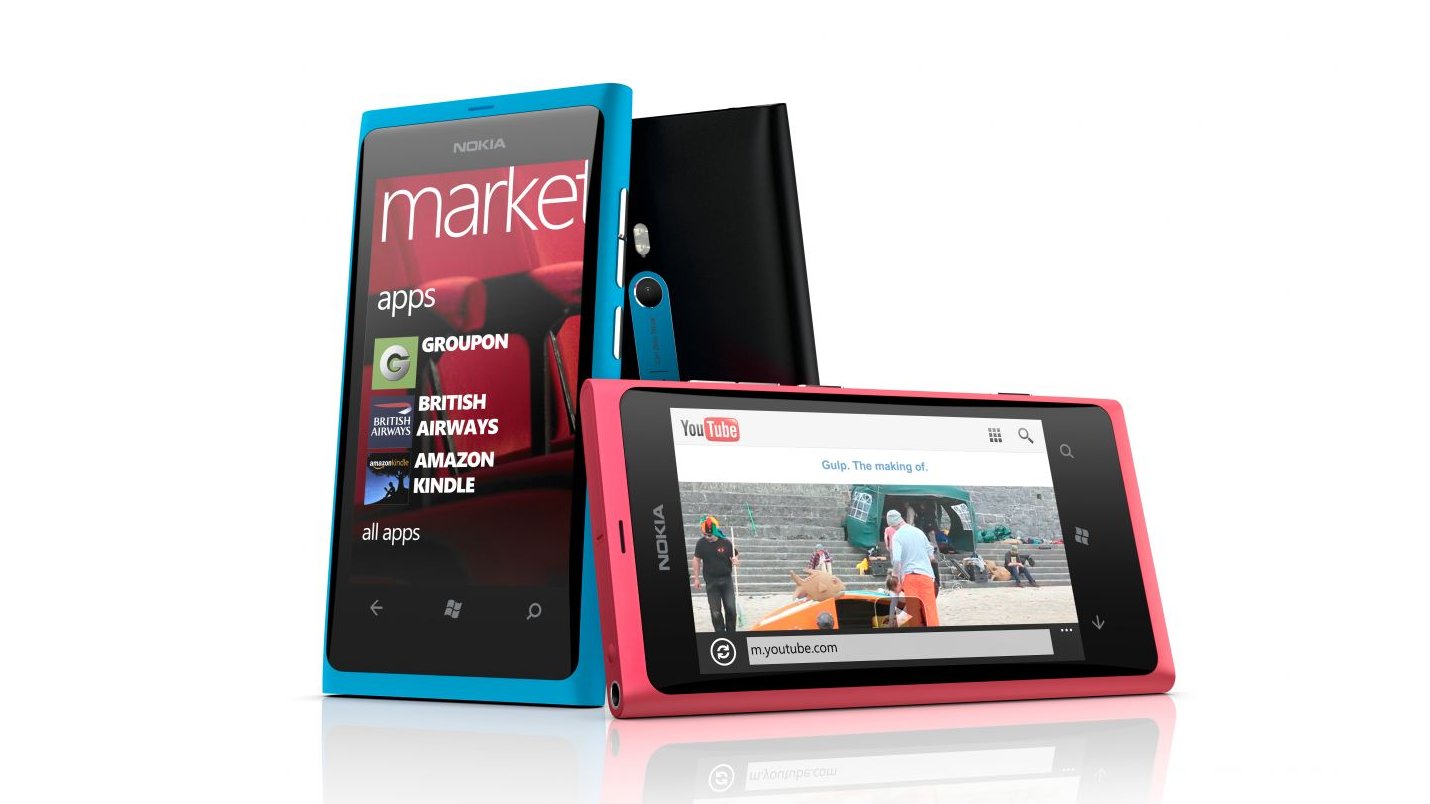Why you can trust TechRadar
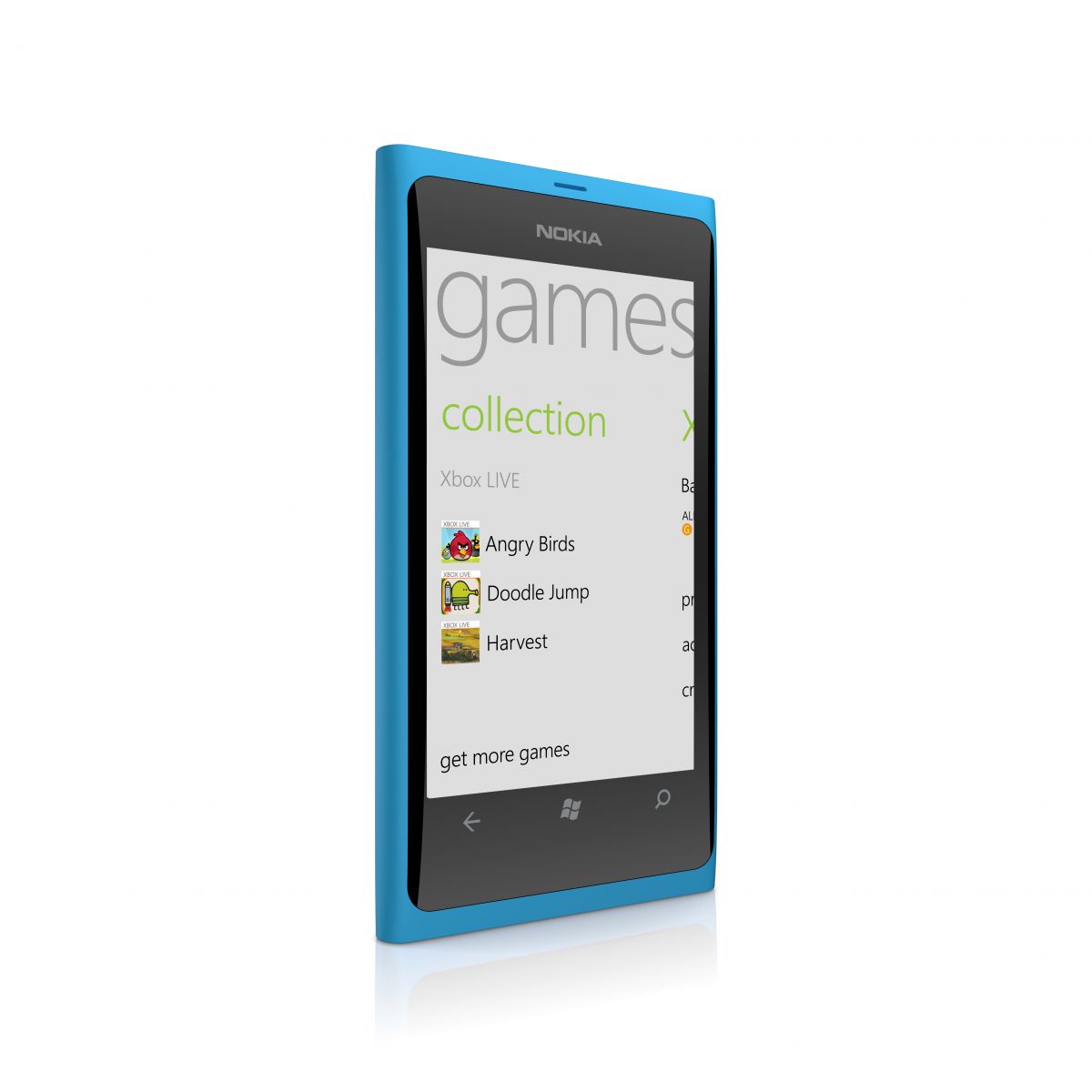
Contacts
Initial set-up of the Nokia Lumia 800 generates a cloud based "People" (contacts) list based on Windows Live, LinkedIn, Facebook, Twitter, Google and others accounts you set-up with information from the different services merged to create a single combined list.
This relies mainly on the same contact names used across the services with any remaining duplicates easily merged by opening a Person (contact) from the list and tapping on the link button and selecting another Person (contact) to merge with them.
It's all about making things more personal and we love the easy way suggestions of people to link can be added by a single tap.
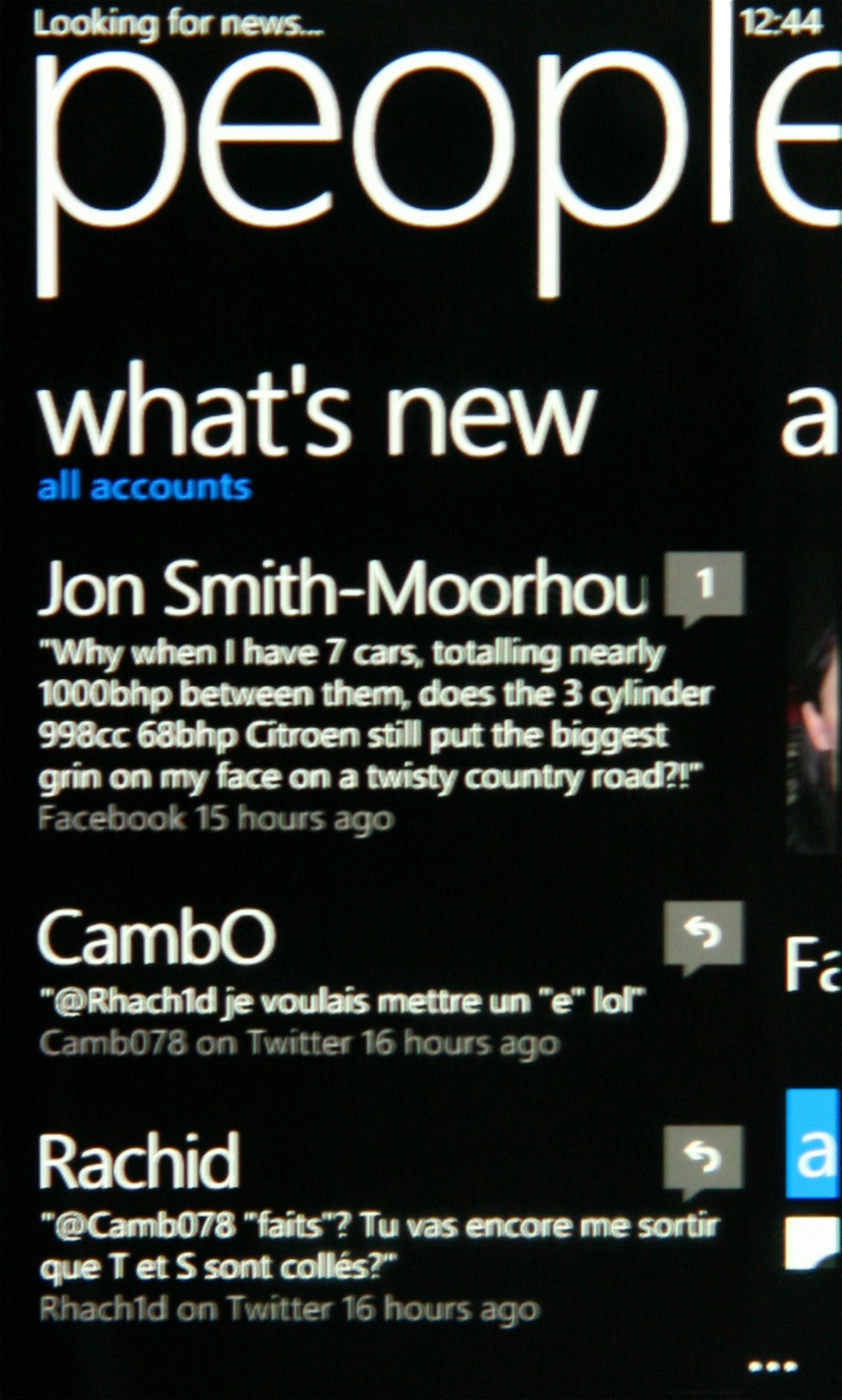
In addition to this, People (contacts) can be transferred from your old Bluetooth-enabled phone in seconds via the pre-installed Contacts Transfer app to be merged with the cloud based information previously downloaded.
The only downside to this system is that we have not been able to find a way to hide some contacts and show others from the same service. You can set all contacts to display, link up all your buddies, then shut down the rest of the people from Facebook or Twitter you don't want to see, but this can lead to erratic contact info in our tests.
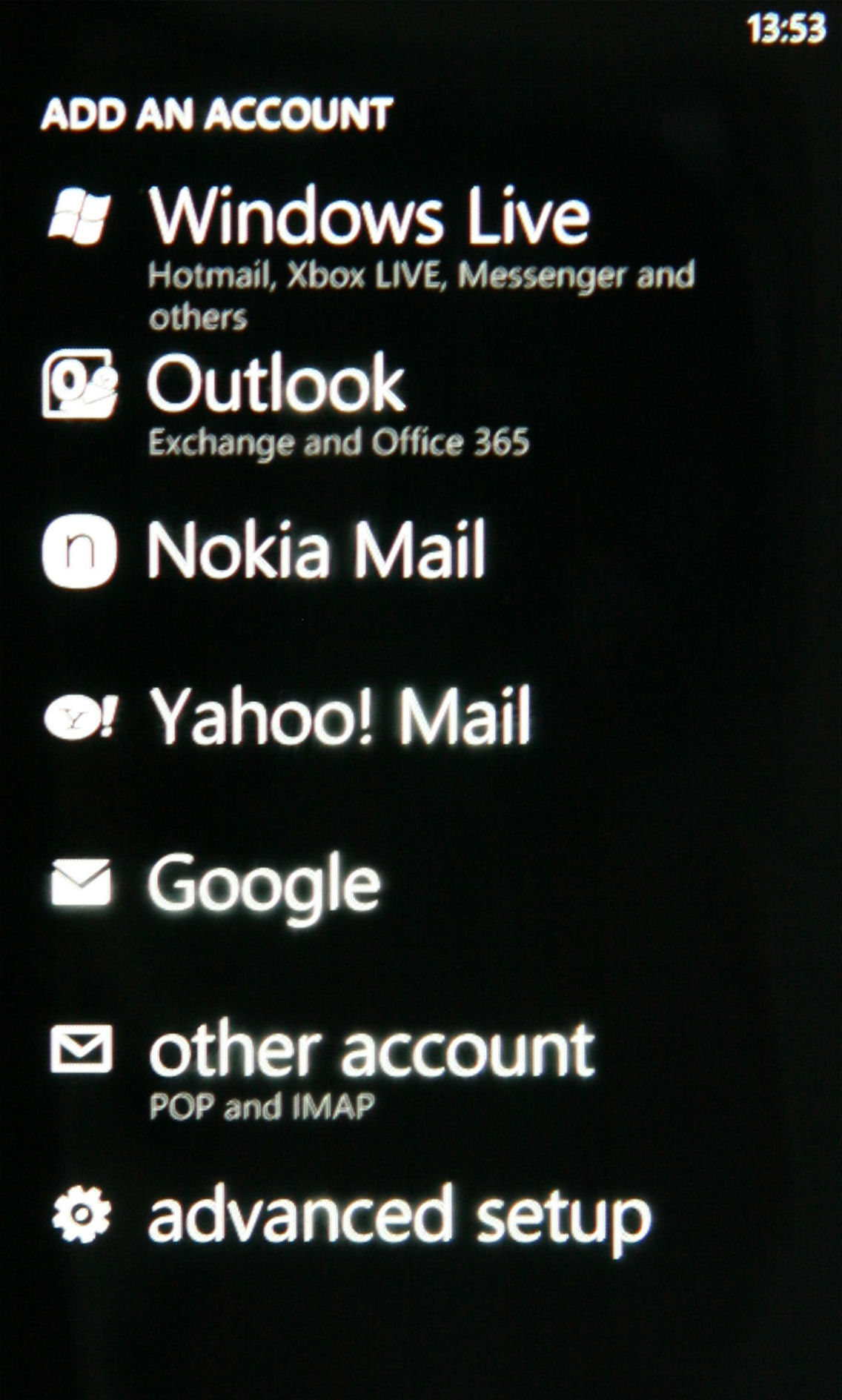
A nice way of achieving this would be to group/categorise contacts in the different services and display or hide contacts via the groups/categories they are in.
A frustration that can occur when merging People is that if a specific field is slightly different between services it is duplicated for each service.
Once everything is set up the People list can be swiped vertically, searched via the soft search icon (magnifying glass in a circle) or quick navigated by tapping on one of the start letter indicators which brings up a quick A-Z with any unpopulated start letters greyed out.
A left swipe transitions to the What's New screen showing recent posts from your People on the services that you have set up (such as Twitter and Facebook) where a single tap enters a reply to post/conversation screen.
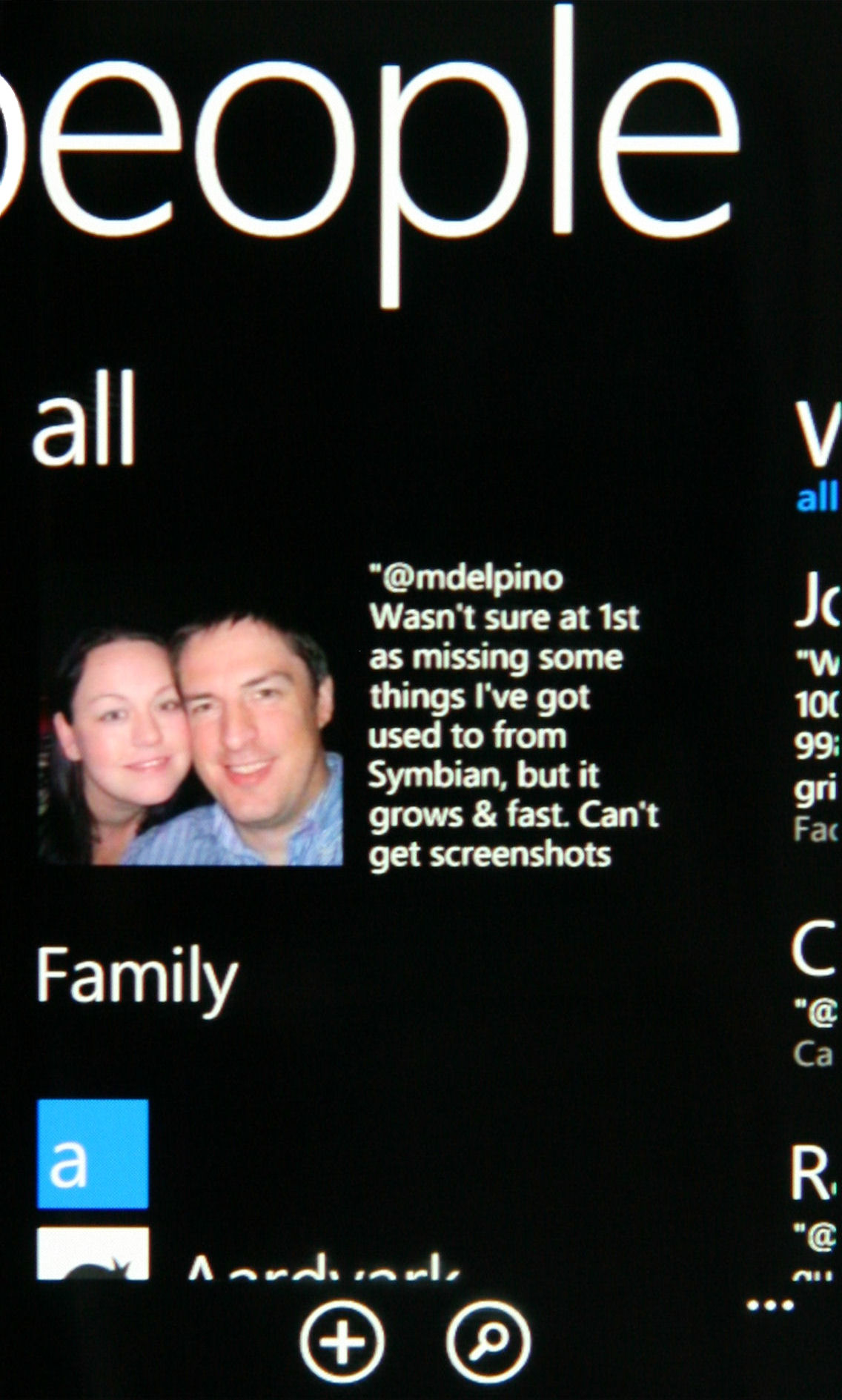
A second left swipe transitions to a tile list of your recently interacted with People records and a third and final swipe returns to the original People list.
Calling
Calling is an area where things seem a little awkward as you have to tap on the "Phone" tile which opens a phone history screen which equates to a call log. At the base of this screen, the soft bar contains, from left to right: voicemail access, dial screen access, People access and search functionality for the phone history screen.
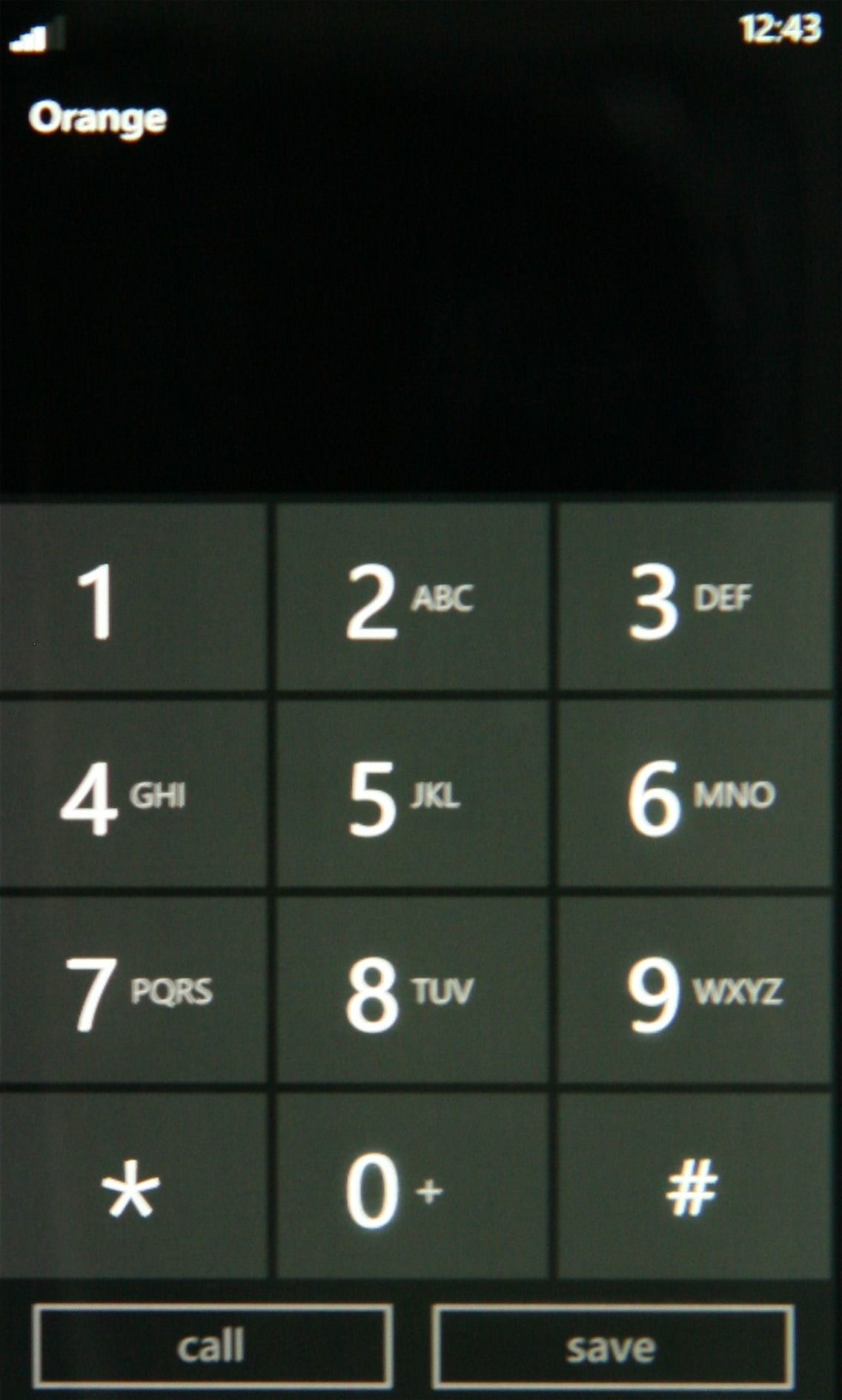
Once in the dial screen, all is kept excessively simple as although the dial pad shows letters there is no way to make use of them in terms of smart dialling to bring up contacts. In this area we had come to like the live search/matching window above the dial pad on Symbian devices.
Call quality on the Nokia Lumia 800 is excellent, partially due to its polycarbonate chassis meaning that there are no large pieces of metal for radio signals to bounce off. This is also the reason for the high speed and accuracy of GPS fix discussed later in the Maps section.
We used an Orange SIM for the initial testing, and found that signal was maintained well, with the 3G signal switching quickly between Orange and T-Mobile on the Nokia Lumia 800.
Since then we've also used Vodafone, T-Mobile and O2 microSIMs, with no change in performance.
